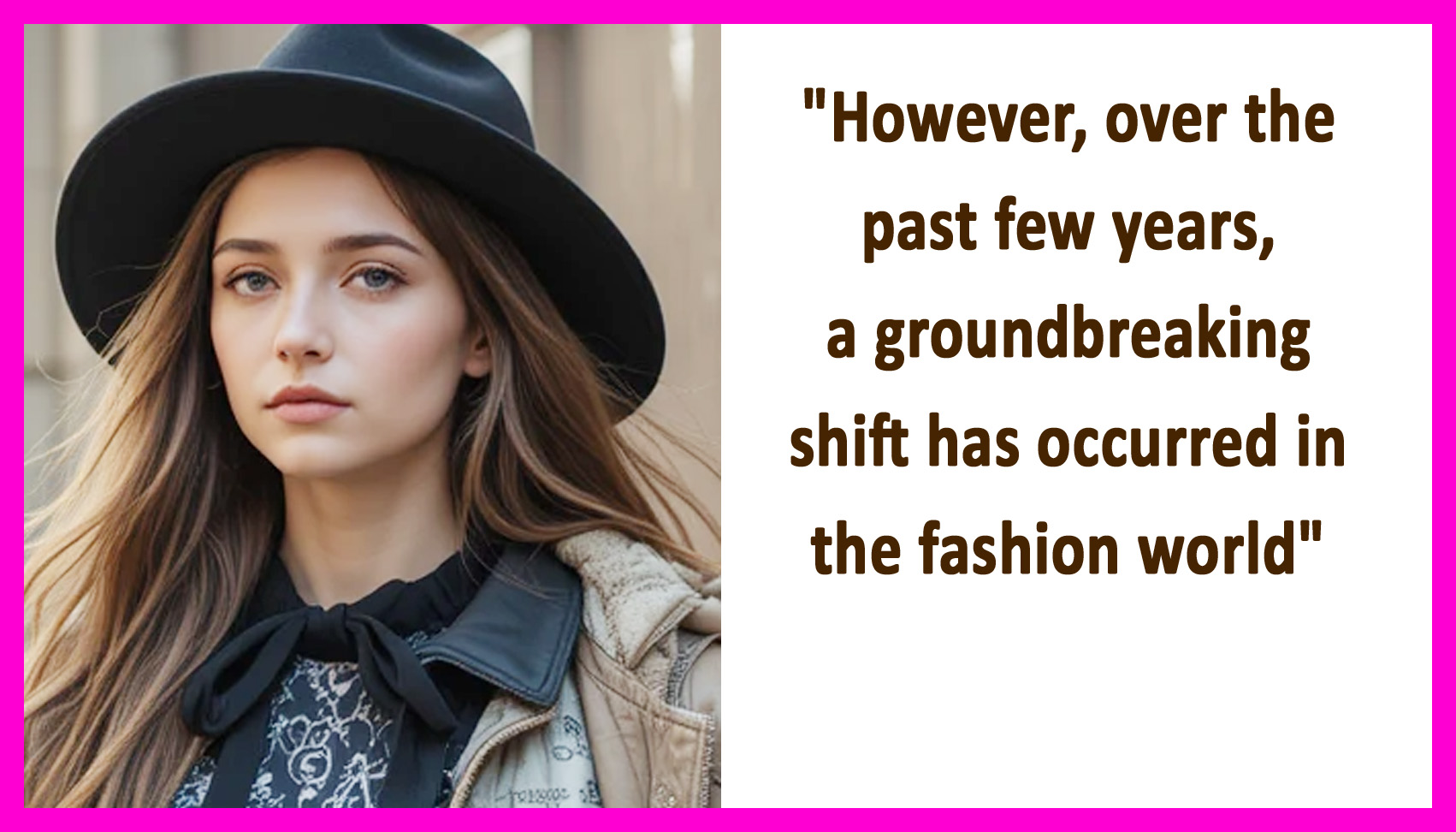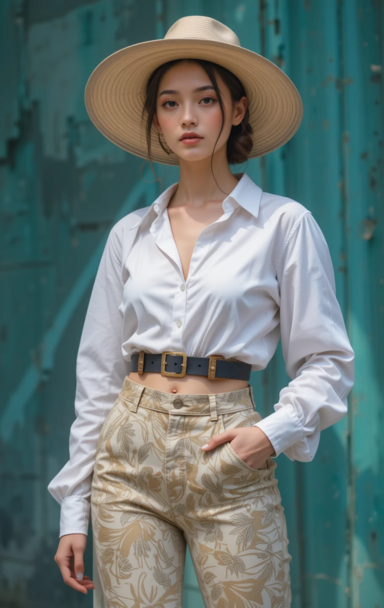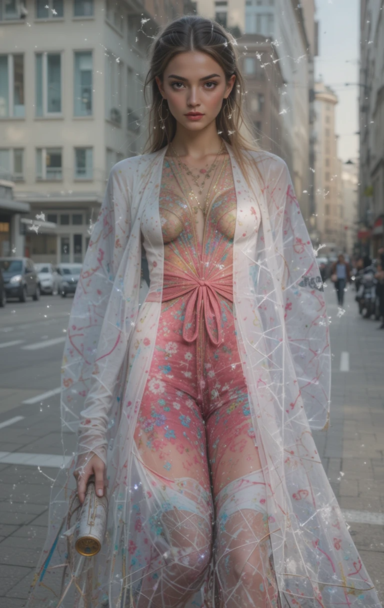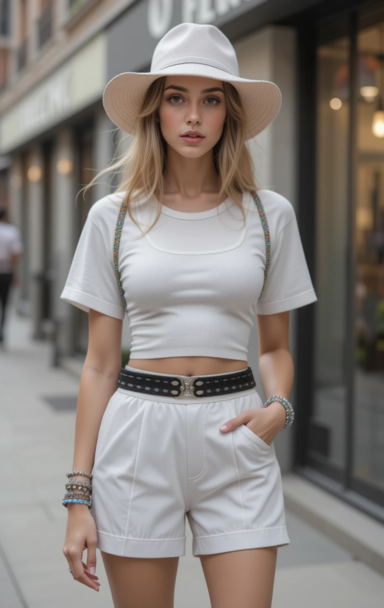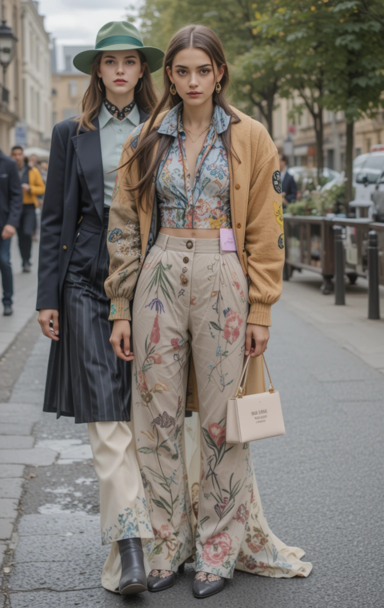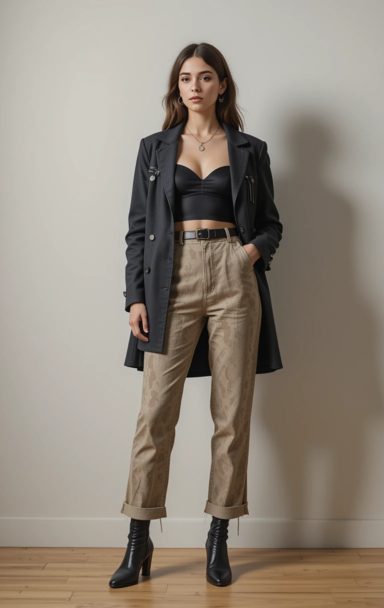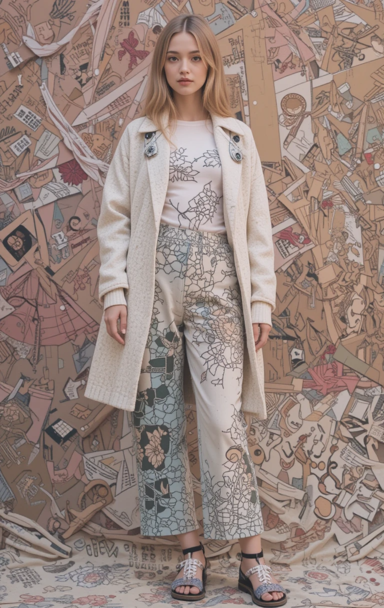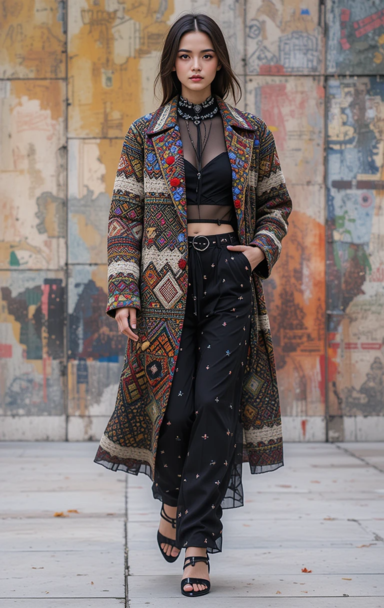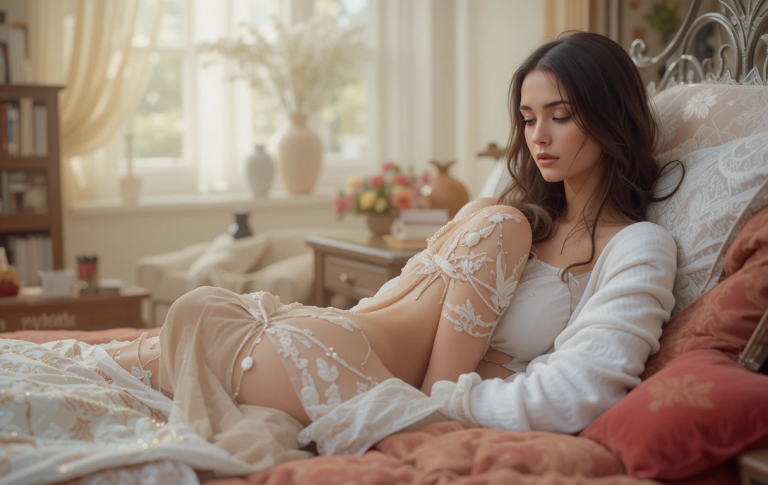Breaking Boundaries: The Impact of Gender-Neutral Fashion on Women’s Outfits
Introduction
Fashion has always been a reflection of culture, society, and identity. Throughout history, the clothing industry has played a significant role in shaping how individuals express themselves. For decades, fashion has been dictated by rigid gender norms, where women were expected to wear dresses, skirts, and other traditionally feminine clothing, while men were restricted to suits, trousers, and shirts. However, over the past few years, a groundbreaking shift has occurred in the fashion world — the rise of gender-neutral fashion. This transformation is redefining how women dress, offering them a more diverse range of options that break free from the constraints of traditional femininity.
Gender-neutral fashion has become a revolutionary movement, challenging the conventional rules that have governed clothing for centuries. It transcends the binary concept of male and female clothing, promoting inclusivity and self-expression for people of all genders. While gender-neutral clothing was initially embraced by non-binary and genderqueer individuals, it has now found a significant place in mainstream fashion. As more designers, brands, and celebrities push the boundaries of what is considered “appropriate” for women to wear, gender-neutral fashion is having a profound impact on women’s wardrobes, empowering them to embrace comfort, versatility, and individuality.
This article explores the rise of gender-neutral fashion, its influence on women’s outfits, and how it is reshaping the way we think about style and self-expression.
The Origins of Gender-Neutral Fashion
Gender-neutral fashion is not a new phenomenon, but its mainstream recognition and acceptance are recent developments. The roots of gender-neutral clothing can be traced back to the 20th century, during times when androgyny became a symbol of rebellion and liberation. Icons like Marlene Dietrich and Katharine Hepburn defied conventional gender norms by embracing masculine styles in their personal wardrobes, challenging society’s expectations of how women should dress. However, it wasn’t until the 1960s and 1970s, during the feminist and LGBTQ+ movements, that gender-neutral fashion began to gain significant traction.
In the 1990s, the fashion industry began experimenting with more androgynous designs, and designers like Jean-Paul Gaultier and Vivienne Westwood started creating collections that blurred the lines between traditional gender-specific clothing. This laid the foundation for the emergence of gender-neutral fashion, but it wasn’t until the 2010s that the movement really gained momentum.
The rise of non-binary, genderqueer, and genderfluid identities has been central to the push for gender-neutral fashion. As society’s understanding of gender evolved, the demand for clothing that could accommodate all identities, regardless of binary categories, grew. Designers like Telfar Clemens, Phlemuns, and Rad Hourani began to create unisex clothing lines, and major brands such as Gucci, Balenciaga, and Prada began incorporating gender-neutral pieces into their collections.
The Role of Fashion Icons and Celebrities
Celebrities and fashion icons have played an essential role in popularizing gender-neutral fashion, especially among women. Public figures like Harry Styles, Rihanna, and Zendaya have embraced androgynous styles, challenging traditional gender roles and influencing their millions of followers to rethink their own fashion choices.
Harry Styles, for instance, has become a champion of gender-fluid fashion, often wearing clothing that defies the boundaries of traditional male and female attire. His appearance on the cover of Vogue in 2020, dressed in a delicate lace dress by Gucci, was a moment that resonated with many. His style has not only sparked conversation about the fluidity of gender but also demonstrated that clothing is not inherently gendered. Styles’ embrace of fashion that combines femininity with masculinity has had a profound impact on how women and other gender-nonconforming individuals feel empowered to dress as they choose.
Similarly, Zendaya, a style icon and advocate for inclusivity, has embraced a wide range of gender-neutral fashion choices on the red carpet and in her everyday life. Her collaborations with designer Tommy Hilfiger, where she champions the idea of fashion as a tool for self-expression rather than conforming to gender expectations, have opened doors for women to experiment with different styles, whether they are traditionally feminine or masculine.
The Impact of Gender-Neutral Fashion on Women’s Outfits
The emergence of gender-neutral fashion has had a transformative effect on women’s outfits. The boundaries of traditional feminine fashion have expanded, allowing women to express themselves in ways that were once considered unconventional or taboo. As women adopt gender-neutral fashion, their wardrobes are becoming more diverse, versatile, and inclusive of styles that were once reserved for men.
1. Breaking the Chains of Traditional Gender Roles
For centuries, women’s fashion was confined to dresses, skirts, and heels. These garments were seen as markers of femininity and societal expectations, dictating how women should look and behave. Gender-neutral fashion challenges these stereotypes by offering women clothing that is not limited by these traditional gender roles.
Pieces like tailored suits, oversized blazers, and baggy pants, which were once considered strictly masculine, are now being incorporated into women’s wardrobes as gender-neutral options. These items are not just about breaking free from old-fashioned gender stereotypes; they also emphasize comfort, functionality, and individuality. Women can now wear suits and trousers not just for formal occasions but also for everyday activities, empowering them to feel confident and at ease in their clothing.
Additionally, the popularity of sneakers and flat shoes as everyday wear, once reserved for men’s fashion, has become a staple in women’s wardrobes. These shoes prioritize comfort and practicality while offering a stylish alternative to high heels, which many women are now choosing to leave behind in favor of more functional and comfortable options.
2. Increased Focus on Comfort and Versatility
One of the most notable shifts brought about by gender-neutral fashion is the increased emphasis on comfort and versatility. In the past, women’s clothing often prioritized aesthetics over practicality, leading to the widespread use of garments that were uncomfortable, restrictive, or impractical for everyday life. Gender-neutral fashion, however, is centered on creating clothing that allows individuals to move freely and comfortably without sacrificing style.
This shift has led to the popularity of relaxed silhouettes, oversized garments, and unstructured designs that prioritize comfort. Gender-neutral clothing pieces such as hoodies, sweatpants, and T-shirts are now a regular part of women’s wardrobes, offering a more relaxed and effortless style. These items can easily be dressed up or down, providing women with versatile options that suit various occasions and activities.
Moreover, the focus on inclusivity has made gender-neutral fashion more adaptable to different body types. Clothing is being designed with a wider range of sizes and fits, allowing women to find pieces that flatter their figures without adhering to restrictive beauty standards. As a result, women are embracing fashion that makes them feel comfortable and authentic, rather than conforming to a one-size-fits-all approach.
3. Empowerment Through Self-Expression
Gender-neutral fashion has given women the freedom to express themselves in ways that go beyond traditional gender expectations. For many women, the opportunity to explore clothing that is not tied to specific gender norms is empowering. It allows them to cultivate their own personal style without being bound by societal pressures to conform to a certain image of femininity.
Women can now choose from a broader range of clothing options, mixing and matching items traditionally associated with both masculine and feminine fashion. For example, women might pair a tailored blazer with a flowing skirt, or combine a graphic T-shirt with high-waisted trousers. This flexibility encourages creativity and individuality in fashion, empowering women to experiment with different looks that reflect their personality and identity.
Furthermore, gender-neutral fashion challenges the traditional beauty standards that have long been imposed on women. It offers women the opportunity to embrace alternative styles, such as punk, grunge, or minimalist aesthetics, that prioritize self-expression over societal expectations of beauty. This shift has been particularly important for women who do not identify with conventional femininity or those who wish to move beyond the constraints of gendered fashion.
The Future of Gender-Neutral Fashion
As the demand for gender-neutral fashion continues to grow, we can expect even more innovations and changes in the fashion industry. Designers are increasingly embracing fluidity and inclusivity, pushing the boundaries of what is considered “appropriate” for women to wear. The rise of sustainable fashion, which emphasizes eco-friendly materials and ethical production practices, is also aligning with the values of gender-neutral fashion, as consumers seek clothing that is not only stylish but also responsible and inclusive.
Additionally, the rise of digital fashion and virtual clothing, where people can experiment with different styles in virtual environments, will likely further contribute to the democratization of fashion. This shift will provide women with even more opportunities to explore different identities and expressions without the limitations of physical clothing.
Conclusion
Gender-neutral fashion has had a profound impact on women’s outfits, offering new possibilities for self-expression, comfort, and versatility. By breaking free from the constraints of traditional gender norms, women are now able to embrace a more inclusive and diverse approach to fashion. This transformation not only challenges the binary concept of clothing but also empowers women to dress for themselves, rather than conforming to external expectations.
As the movement continues to gain momentum, the fashion industry is being reshaped, and women are at the forefront of this revolution. Gender-neutral fashion is no longer just a trend — it is a reflection of a more progressive, inclusive society that values individuality, freedom, and self-expression. The future of fashion is one where everyone, regardless of gender, can wear what feels true to who they are.

